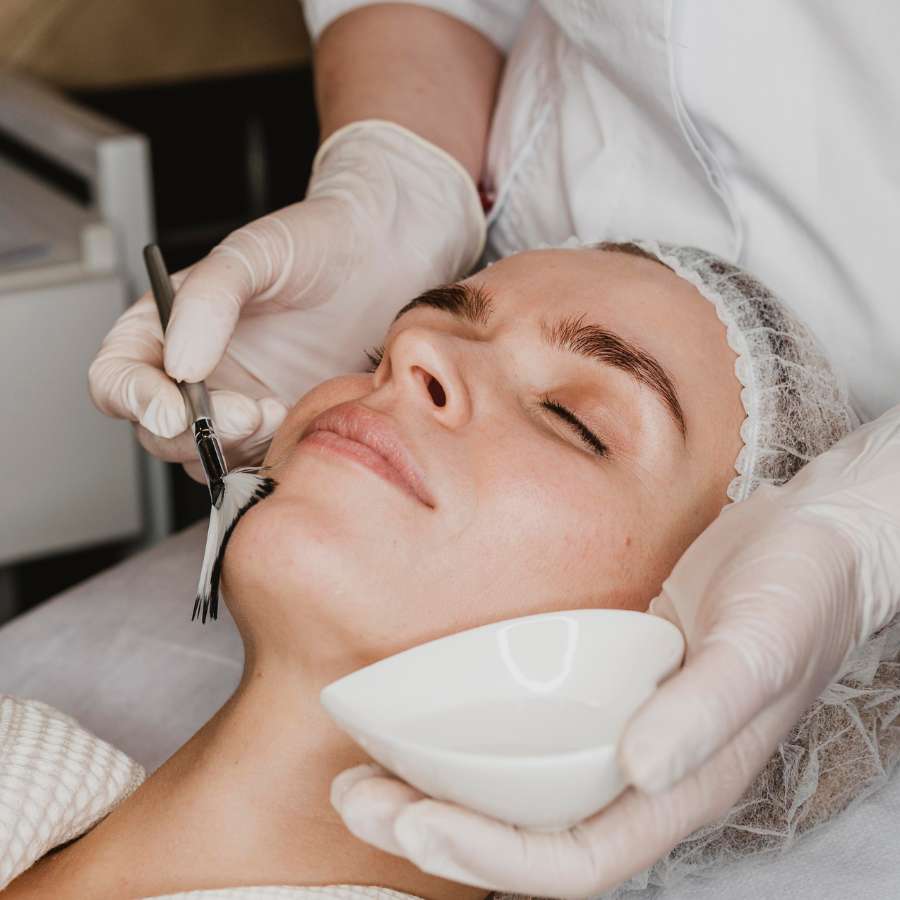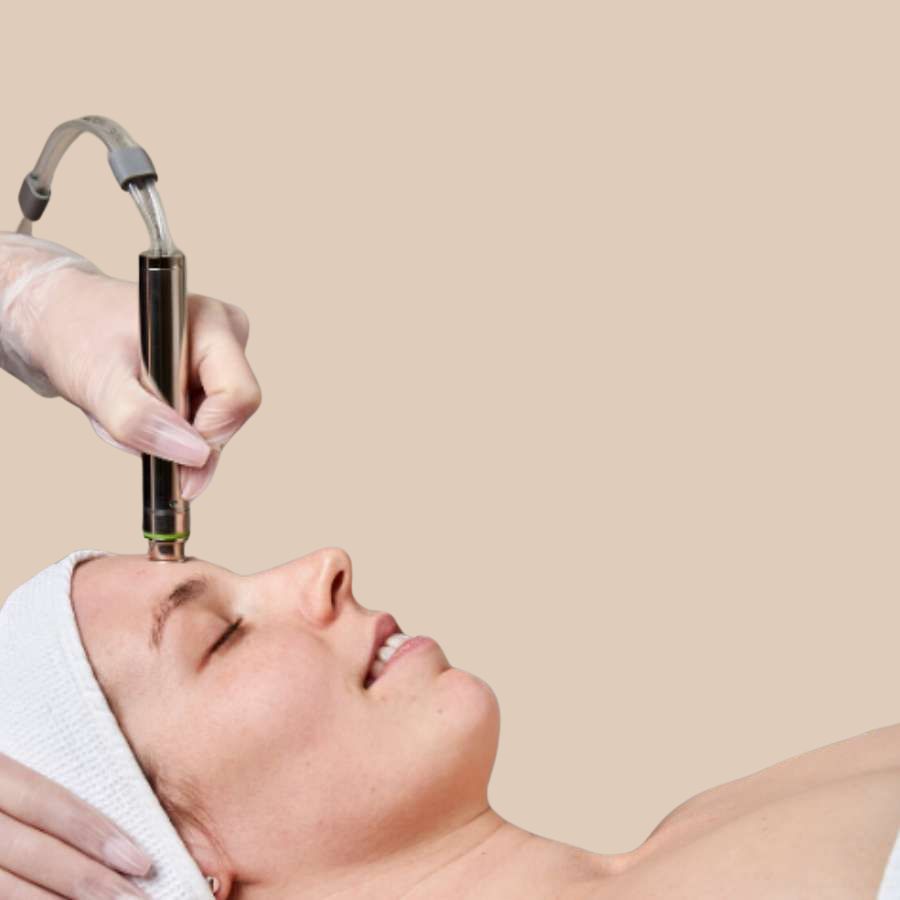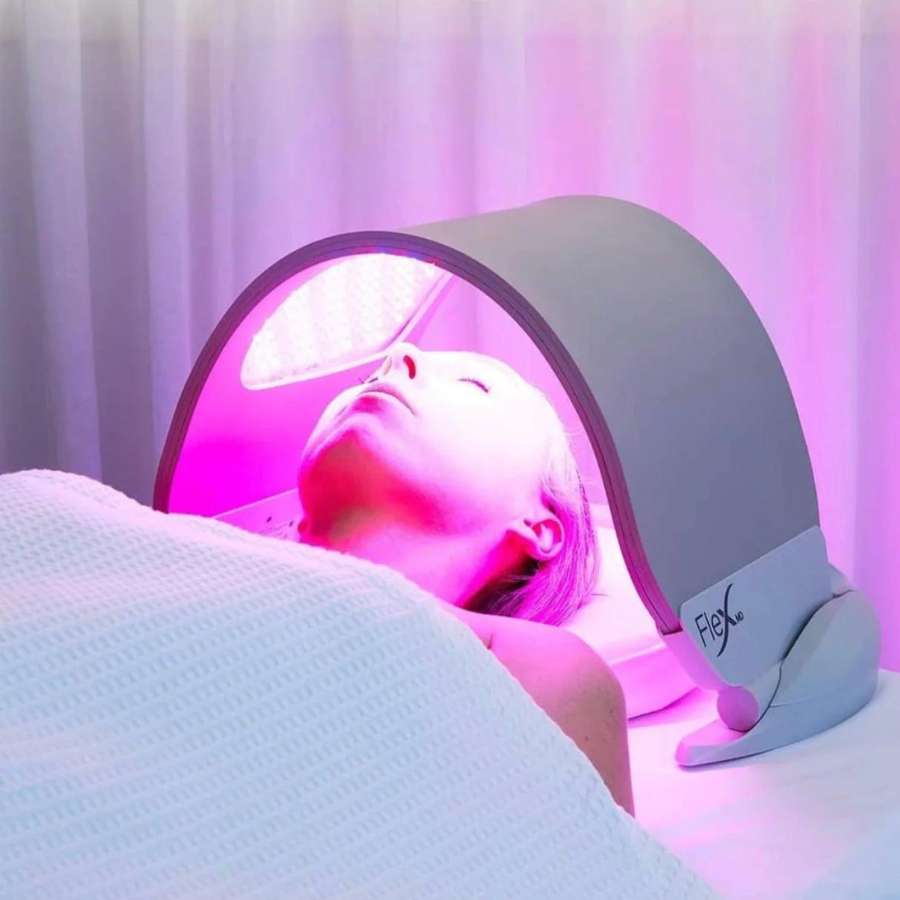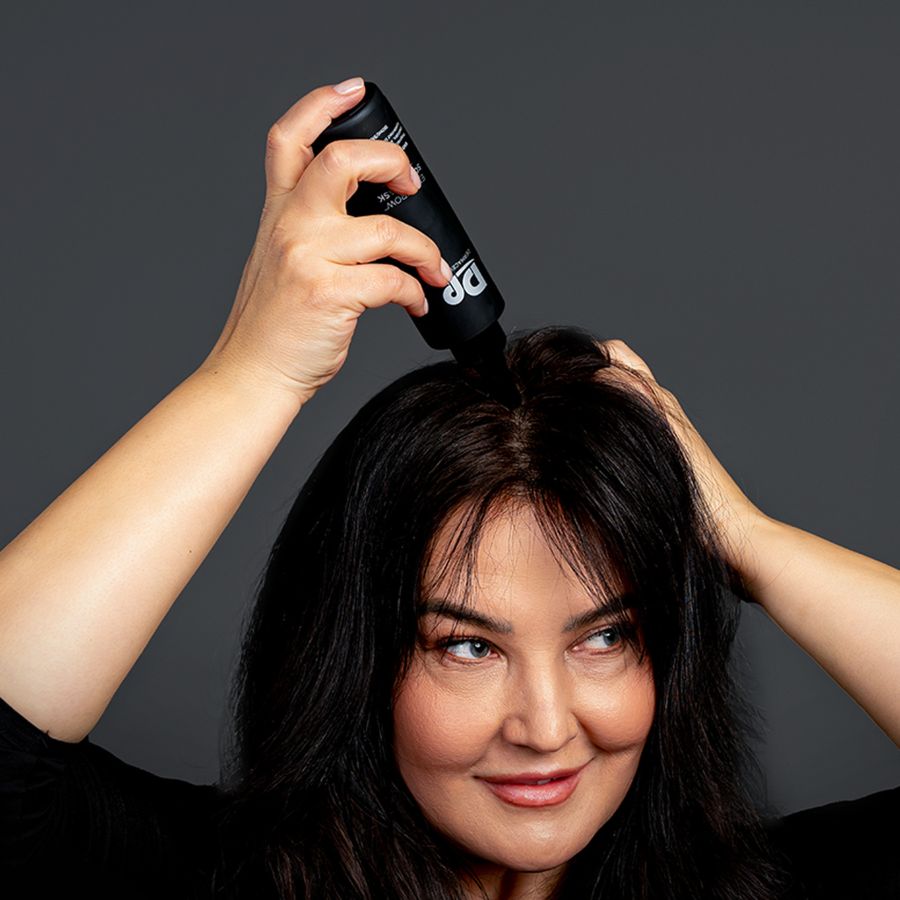A laser hair removal session is a popular cosmetic procedure designed to reduce unwanted hair growth using concentrated light beams. It targets hair follicles, damaging them to inhibit future growth. Ideal for areas like the face, legs, arms, and bikini line, this treatment offers long-lasting results compared to traditional methods like shaving or waxing.
Laser Hair Removal Session
Understanding what happens during a laser hair removal session can help ease any concerns. The process is straightforward but requires precision and expertise for optimal results.
What to Expect During Your First Session
Your first laser hair removal session begins with a consultation. The specialist assesses your skin type, hair color, and medical history to customize the treatment.
A patch test may be performed to check for adverse reactions. During the procedure, a cooling gel or device is often used to minimize discomfort.
The laser emits pulses of light absorbed by the melanin in your hair. This converts to heat, disabling the follicle without harming surrounding skin.
How to Prepare for a Laser Hair Removal Session
Proper preparation enhances effectiveness and reduces side effects. Avoid sun exposure and tanning beds at least two weeks prior.
Shave the treatment area 24 hours before your appointment. This ensures the laser targets the follicle rather than surface hair.
Skip waxing or plucking for four weeks beforehand. These methods remove the root, which the laser needs to target.
Post-Session Care Tips
After a laser hair removal session, your skin may feel sensitive. Apply aloe vera or a soothing cream to reduce redness.
Avoid hot showers, saunas, and heavy workouts for 24-48 hours. Sun protection is crucial—use SPF 30+ to prevent hyperpigmentation.
Exfoliate gently after a few days to help shed treated hairs. Follow-up sessions are necessary for complete results.
Laser Hair Removal Sessions Needed
The number of laser hair removal sessions needed varies per individual. Factors like hair thickness, growth cycle, and treatment area influence the total required.
Why Multiple Sessions Are Necessary
Hair grows in cycles, and lasers only target active follicles. Most people need 6-8 sessions for significant reduction.
Spacing treatments 4-6 weeks apart ensures all hairs are treated in their growth phase. Consistency is key—skipping sessions delays progress.
Factors Affecting the Number of Sessions
Darker, coarser hair responds faster than fine, light hair. Hormonal imbalances (e.g., PCOS) may require additional sessions.
Larger areas like the back or legs take longer to treat. Maintenance sessions might be needed annually for upkeep.
How to Track Your Progress
Keep a treatment log to monitor hair reduction. Notice thinning and slower regrowth between sessions.
Compare before-and-after photos for visual confirmation. Discuss any concerns with your technician to adjust the plan.
Laser Hair Removal Sessions
Committing to multiple laser hair removal sessions ensures lasting smoothness. Understanding the process helps set realistic expectations.
The Science Behind Laser Hair Removal
Lasers emit wavelengths absorbed by melanin in hair. This heat damages the follicle, stunting future growth.
Different lasers (e.g., Alexandrite, Diode) suit various skin tones. Advanced cooling systems enhance comfort during treatment.
Common Treatment Areas
Popular zones include the face (upper lip, chin), underarms, and bikini line. Legs, arms, and chest are also frequently treated.
Men often opt for back or shoulder hair removal. Avoid using lasers near the eyes or on tattoos.
Myths vs. Facts About Laser Hair Removal
Myth: It’s extremely painful. Fact: Discomfort is mild, often described as a rubber band snap.
Myth: One session eliminates all hair. Fact: Multiple laser hair removal sessions are essential for permanence.
Laser Hair Removal Session Cost
The laser hair removal session cost depends on factors like location, clinic reputation, and treatment area. Investing in quality ensures safety and efficacy.
Breakdown of Pricing Factors
Small areas (e.g., upper lip) cost $50-$150 per session. Large areas (e.g., full legs) range from $300-$600 per session.
Packages offering multiple sessions often include discounts. High-end clinics may charge more for advanced technology.
Is Laser Hair Removal Worth the Cost?
Compared to lifelong waxing or shaving expenses, lasers save money long-term. Results are semi-permanent, reducing frequent salon visits.
Consider the value of time saved from daily hair removal. Read reviews and choose certified providers for best results.
Ways to Save on Treatments
Look for seasonal promotions or first-time client deals. Group packages lower the laser hair removal session price.
Some clinics offer financing plans for budget flexibility. Avoid overly cheap options—quality matters for safety.
Laser Hair Removal Session Time
Each laser hair removal session time varies based on the treated area. Smaller zones take minutes, while larger ones may require an hour.
Duration by Body Area
Upper lip or chin: 5-10 minutes. Underarms or bikini line: 15-20 minutes.
Full legs or back: 45-60 minutes. Multiple areas can be combined in one visit.
How to Maximize Efficiency
Arrive with clean, shaved skin to speed up the process. Wear loose clothing for easy access to treatment zones.
Schedule sessions during lunch breaks for convenience. Clinics with advanced lasers reduce laser hair removal session time.
Balancing Speed and Effectiveness
Rushing through sessions risks missing hair follicles. Technicians must methodically cover each section.
Prioritize thoroughness over speed for optimal outcomes. Discuss timing concerns with your provider beforehand.
Laser Hair Removal Session Price
The laser hair removal session price fluctuates based on technology, expertise, and geographic location. Research helps find fair rates.
Regional Price Differences
Urban clinics often charge more due to higher overhead costs. Suburban or rural areas may offer competitive pricing.
Countries with lower labor costs provide affordable options. Medical tourism can reduce expenses but consider travel costs.
Comparing At-Home vs. Professional Treatments
At-home devices are cheaper but less powerful. They require more sessions and yield slower results.
Professional treatments guarantee safety and efficiency. The laser hair removal session price reflects superior outcomes.
Hidden Costs to Consider
Consultation fees might not be included in quoted prices. Post-treatment products (e.g., creams) add to expenses.
Maintenance sessions aren’t always factored into initial estimates. Clarify all costs upfront to avoid surprises.
Laser Hair Removal Sessions Gap
Maintaining the recommended laser hair removal sessions gap of 4-6 weeks ensures each treatment targets new hair growth cycles effectively.
Why Timing Between Sessions Matters
Hair follicles regenerate at different rates. Waiting too long allows untreated hairs to grow back.
Scheduling too soon risks irritating sensitive skin. Adhering to the gap maximizes cumulative results.
Adjusting Gaps for Different Body Parts
Facial hair grows faster, needing sessions every 4 weeks. Body hair (legs, arms) can wait 6-8 weeks between treatments.
Hormonal areas (chin, bikini) may require shorter intervals. Your technician will personalize the schedule.
Consequences of Ignoring Recommended Gaps
Skipping sessions prolongs overall treatment duration. Inconsistent gaps reduce effectiveness, wasting money.
Over-treating can cause burns or hyperpigmentation. Stick to the plan for smooth, hair-free skin.
Conclusion
A laser hair removal session offers a modern solution for long-term hair reduction. By understanding the laser hair removal sessions needed, cost, time, and ideal sessions gap, you can make informed decisions. Whether targeting small or large areas, consistency and professional care ensure the best results. Invest in quality treatments, follow aftercare guidelines, and enjoy the confidence of silky-smooth skin.















